The answer is a definite no! The position of the stars in the sky has always been changing and will continue to do so.
We have come a long way in understanding what our universe looks like and what structures are present within it. However, one thing that has remained and is common to both ancient and modern astronomy are the constellations!
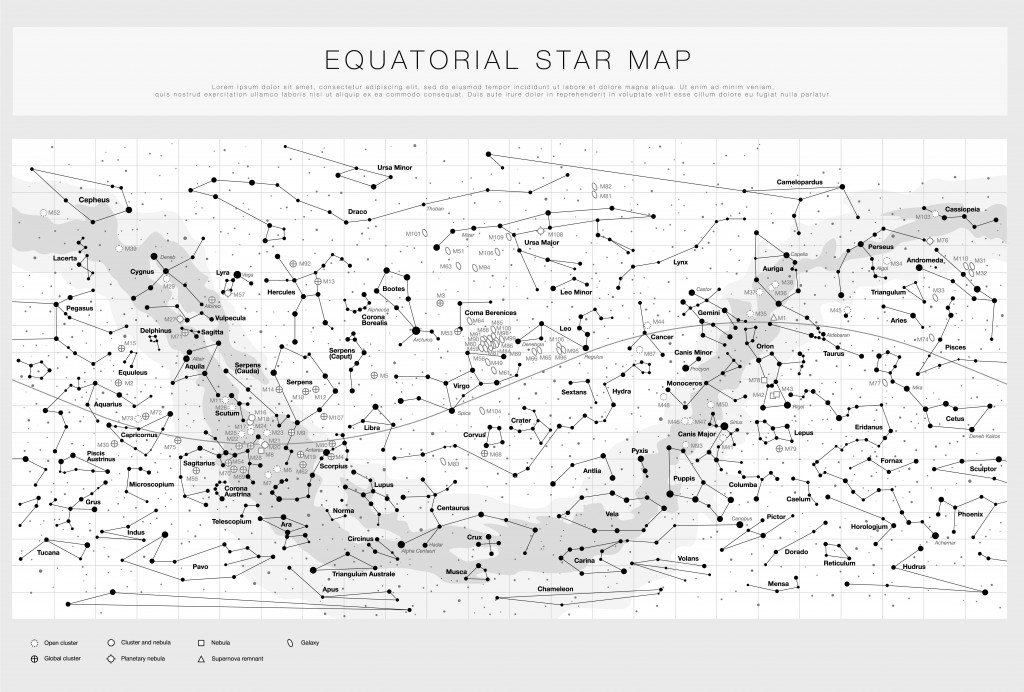
A Little Bit About Constellations
People who have observed night skies have historically used constellations to determine directions and predict seasons. These prominent patterns (some of which are actually quite random) of stars have been the stepping stone to humanity’s endeavor into outer space. Although Ptolemy initially listed 48 constellations, the International Astronomical Union (IAU) currently recognizes (or rather, ‘has divided the sky into’) 88 constellations.
In fact, a more accepted idea of a constellation is that it represents an imaginary boundary in the sky, along with the pattern of stars contained within that boundary. Any star or star cluster, nebula, or galaxy inside that boundary is considered to be a part of that constellation. However, in terms of our question as to whether constellations change over time, we will only be concerned about the star pattern that made up the original constellation.
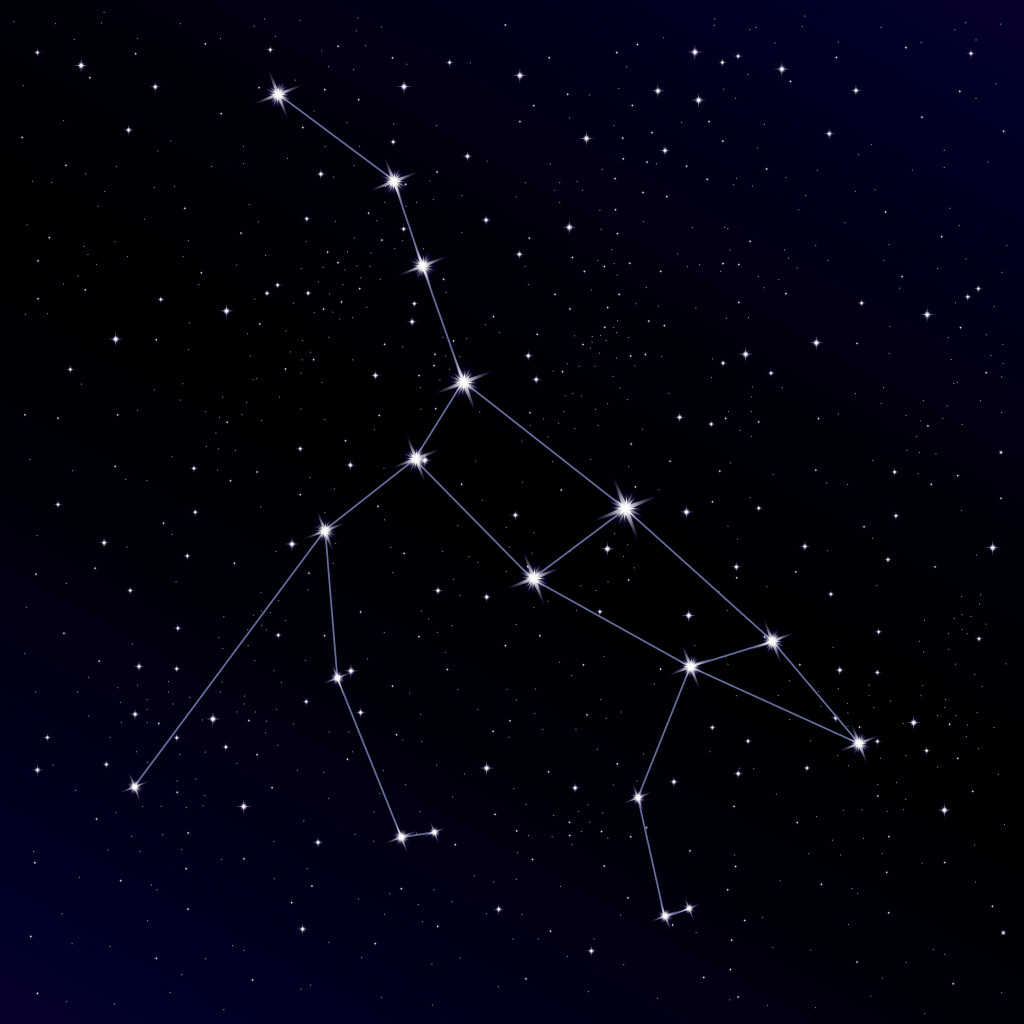
We will now get to the question that this article posed: are the constellations always going to look the same way as they do today? Frankly, no. The positions of the stars in the sky have always been changing and will continue to do so. Here, we would even exclude things like the Earth’s revolution around the Sun and the wobble of the Earth about its axis of rotation. Thus, the constellations and the position of the stars we see today will not be the same millions of years in the future, nor were they the same millions of years ago in the past.
To understand why this happens, we need to see if there is any sort of relationship (such as being gravitationally bound) between the stars in a particular constellation, and also to get a better picture of how stars move through space and how we might see this on Earth.
Also Read: Circumpolar Stars: Are There Stars That Never Set?
Constellations Are Not ‘Family’
First of all, it is necessary to understand that the stars constituting the pattern of a particular constellation are of different distances from the Earth. This implies that, within a constellation, the stars comprising the constellation pattern are not gravitationally bound to each other. They only appear to look that way because of our two-dimensional view (or perspective) of the sky and the relative positions of the stars within it. Thus, if we observed the sky from a planet situated in another star system, we would be seeing an entirely different position of stars in the sky.
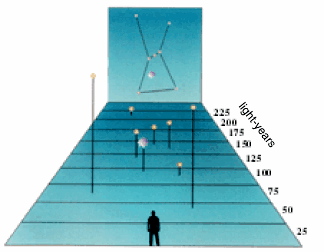
Also Read: Why Do Planets Appear Brighter Than Stars?
The Proper Motion Of Stars
Now that we are convinced that the stars within a constellation are independent of each other, we can try to understand more about the individual motions of stars. Of course, the stars we see in the night sky will revolve around the center of our galaxy, just as our Sun does. There is also the fact that we see different constellations in the sky throughout the year. This happens because Earth is in various positions in its orbit as it moves around the Sun. However, both factors do not contribute to any change in the patterns of the constellations or the position of stars in the sky.
What we need to know is the “proper motion” of stars. In astronomy, the proper motion of a star is measured by seeing how much the stars have shifted relative to other distant stars. This shift can be measured in degrees, arcminutes, and arcseconds, and is done by considering that from one end of the sky across to the other horizon will be 180 degrees. We can roughly find measure degrees and arcminutes using our hands and fingers.
While stretching out your arm, the little finger measures about 1 degree of the sky, while the ring, the middle, and the index finger together cover around 5 degrees of the sky. If we spread our index and little finger apart, we will measure 15 degrees, and doing the same for our thumb and little finger will yield 25 degrees.
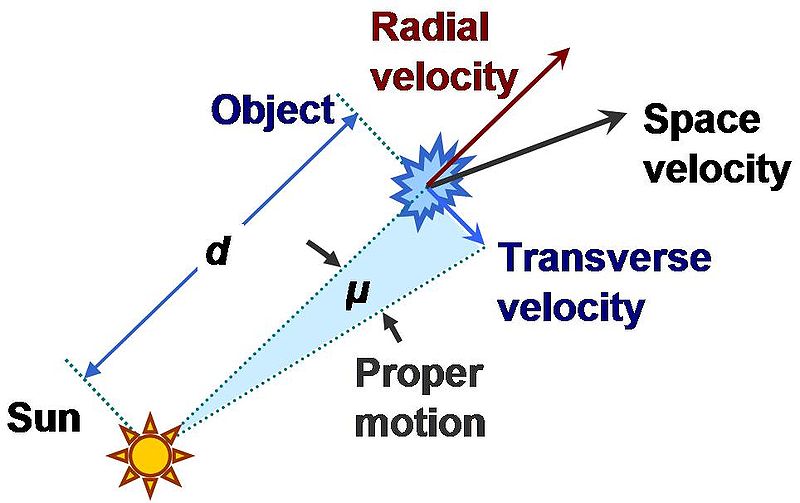
As mentioned, any relative shift we see in the position of the stars due to its proper motion is measured in degrees, arcminutes, and arcseconds. Apart from its revolution around the center of the galaxy, the motion of a star may change for several reasons. Sometimes its motion may be affected by various processes during its formation. It may also be altered due to its gravitational interactions with other stars, star clusters, or any other deep-space object it encounters at some point in its lifetime. From Earth’s point of view, the proper motion of a star depends on how fast the star travels, as well as its distance from Earth.
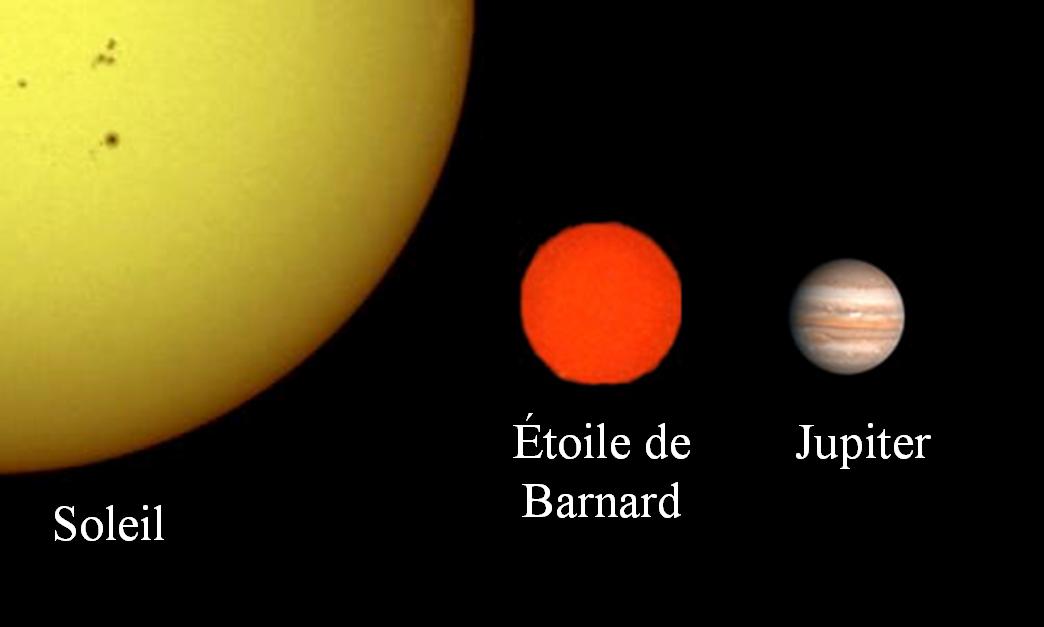
Also Read: Why Do Stars Appear To Be Stationary If The Galaxy Is Constantly Moving?
Effect Of Proper Motion And Stellar Lifetimes
It’s time to ask… what does the value of the proper motions of stars look like? The short answer is that it is extremely small. In fact, if we consider the star with the fastest proper motion in our skies, Barnard’s star, it would take 350 years for it to cover 1 degree (or one little finger width) in the sky. A vast majority of the other stars will take a much, much longer time to cover the same distance. This is even while the stars travel at speeds of around tens (or rarely hundreds) of kilometers per second. This is actually very fast, considering that the fastest car on Earth, the SSC Tuatara has a speed of 0.148 kilometers per second. The reason that this does not have a noticeable effect on the night sky is because of the massive distances between Earth and the stars.
Apart from the proper motion, there is also the case where a star might have exploded and died. Since the light from the explosion takes time to reach us, it is questionable if the stars we see today are even really there. While this is unlikely, since stars far outlive human lifetimes, there are chances of a major star exploding within the next several hundred or thousand years, with possible candidates including Betelgeuse (pronounced like beetle-juice) and Rigel, both of which are prominent stars in the constellation of Orion, the Hunter.

Also Read: Are Dead Stars Visible In The Night Sky?
Conclusion
Constellations will change and stars will shift from their present positions over time. This process is extremely slow, and any distinguishable change will not happen within a human lifetime. In fact, this process is so tediously slow that we’re pretty much seeing the same constellations as the ancient Roman and Egyptian civilizations did. It would take about 100,000 years for the constellations to change beyond recognition.
Since the proper motion becomes more significant the closer the star is, it implies that different stars will shift differently. Therefore, while we may be able to live with the current constellations for the next several thousand years, hundreds of thousands of years into the future, it is likely that astronomers (and astrologers) may need to come up with new constellations entirely!
How well do you understand the article above!

References (click to expand)
- Can you imagine the sky in five million years? | Astronomy.com. Astronomy
- What are constellations? - Sky & Telescope. Sky & Telescope
- "Sometimes when I go outside to look at constellations, I wonder, will they be the same when I am 100 as they are now? I heard they do change, but doesn't it take a long time?" | Planetarium | University of Southern Maine - usm.maine.edu
- Understanding Astronomy: Motion of the Stars - Physics. Weber State University
- The future of the Orion constellation - European Space Agency. The European Space Agency
